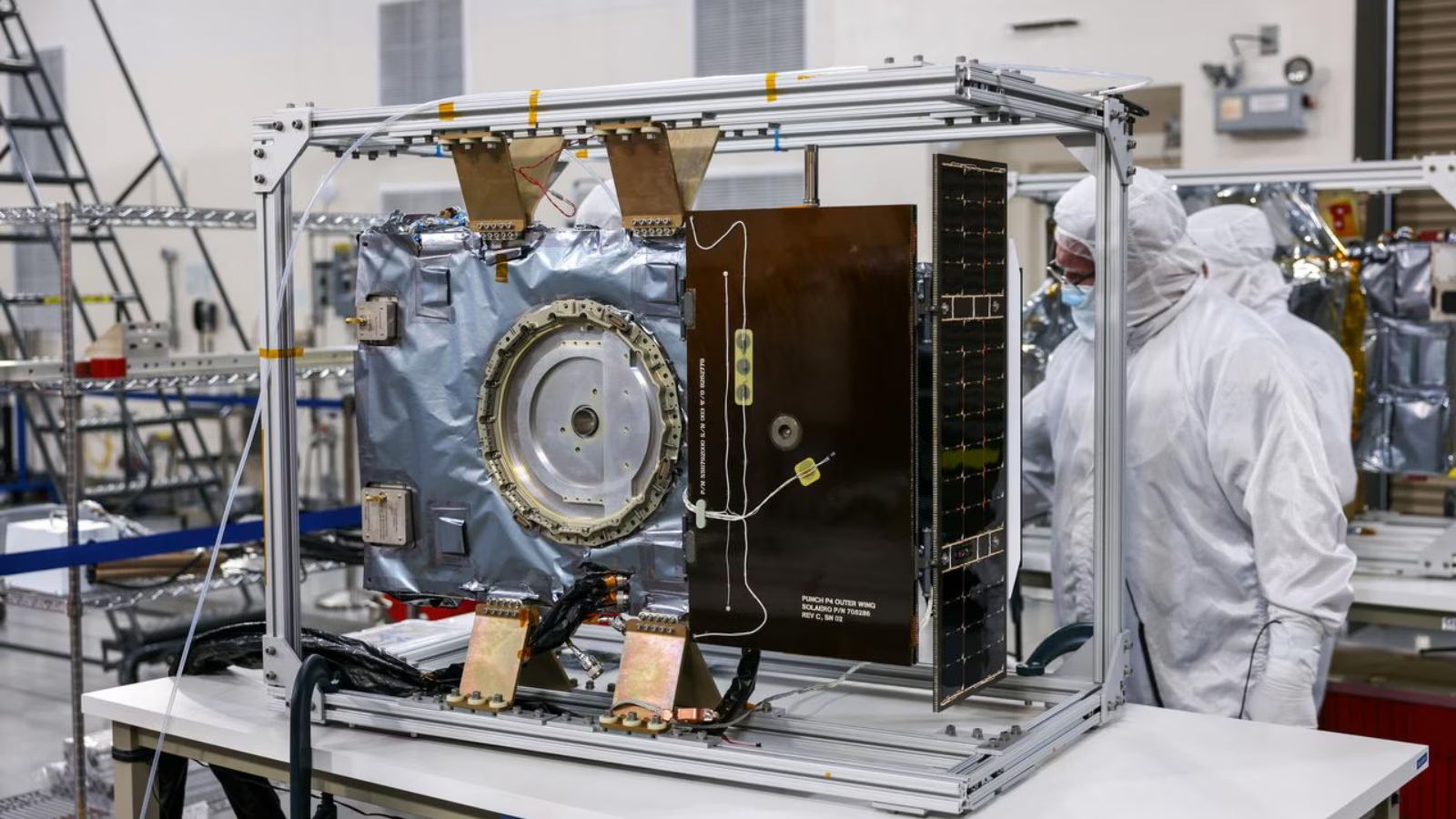- Courses
- GS Full Course 1 Year
- GS Full Course 2 Year
- GS Full Course 3 Year
- GS Full Course Till Selection
- CSAT
- 5 LAYERED ARJUNA Mentorship
- Public Administration Optional
- Online Program
- GS Recorded Course
- NCERT Batch
- Polity Module Course
- Geography Module Course
- Economy Module Course
- AMAC Module Course
- Modern India, Post Independence & World History Module Course
- Environment Module Course
- Governance Module Course
- Science & Tech. Module Course
- International Relations and Internal Security Module Course
- Disaster Management Module Course
- Ethics Module Course
- Essay Module Course
- Current Affairs Module Course
- ABOUT US
- OUR TOPPERS
- TEST SERIES
- FREE STUDY MATERIAL
- VIDEOS
- CONTACT US
Ammonia Gas Leak
Ammonia Gas Leak
Context
Recently, An ammonia gas leak was identified in a sub-sea pipeline in Ennore region of Chennai, Tamil Nadu.
About Ammonia
Chemical Properties: |
|
Industrial Use: |
|
Health Impact: |
|
Acceptable Levels in Air: |
|
Environmental Impact: |
|
Regulatory Mechanisms regarding Ammonia in India and world
India |
Global: |
|
Environmental Regulations: In India, the regulatory framework for ammonia is embedded within environmental laws and standards. The Water (Prevention and Control of Pollution) Act, 1974, and the Air (Prevention and Control of Pollution) Act, 1981, are crucial legislations addressing ammonia emissions. |
Montreal Protocol: While not directly regulating ammonia, the Montreal Protocol on Substances that Deplete the Ozone Layer is a significant international treaty. It aims to phase out the production and consumption of substances harmful to the ozone layer. Although ammonia is not an ozone-depleting substance, the protocol's focus on environmental protection has broader implications for ammonia management. |
|
Occupational Safety and Health Standards: The Occupational Safety, Health, and Working Conditions Code, 2020, regulate the safety aspects of handling ammonia in workplaces, ensuring the well-being of workers. |
Rotterdam Convention: The Rotterdam Convention on the Prior Informed Consent Procedure for Certain Hazardous Chemicals and Pesticides in International Trade addresses the trade and use of hazardous chemicals, including some forms of ammonia. The convention facilitates the exchange of information to ensure informed decision-making on the import and export of certain chemicals. |
Others:
International Code of Safety for Ships Using Gases or Other Low-Flashpoint Fuels (IGF Code): Regulated by the International Maritime Organization (IMO), this code addresses the safety aspects of ships using gases such as ammonia as fuel. It sets safety standards for the design, construction, and operation of ships to minimize risks associated with the use of low-flashpoint fuels.



